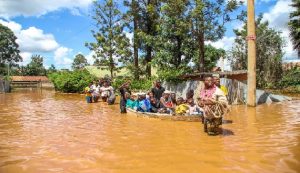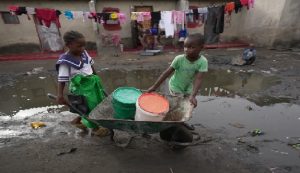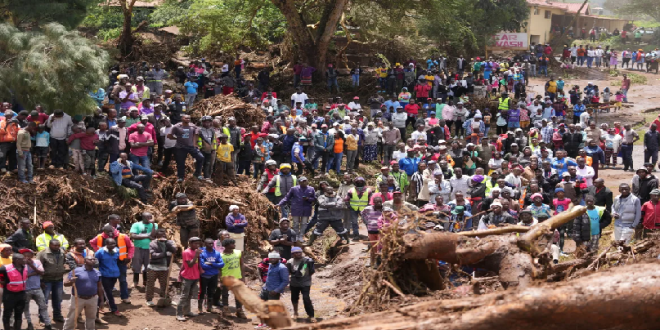26-05-2024
MOGADISHU/ NAIROBI: Extreme weather events that have relentlessly hit parts of Africa in the last three years have caused crises of hunger and displacement. The storms, floods and drought also leave another deadly threat behind: some of the continent’s worst outbreaks of cholera.
In Southern and East Africa, more than 6,000 people have died and nearly 350,000 cases have been reported since a series of cholera outbreaks began in late 2021.
 Malawi and Zambia have had their worst outbreaks on record. Zimbabwe has had multiple waves. Mozambique, Kenya, Ethiopia and Somalia also have been badly affected. All have experienced floods or drought or both.
Malawi and Zambia have had their worst outbreaks on record. Zimbabwe has had multiple waves. Mozambique, Kenya, Ethiopia and Somalia also have been badly affected. All have experienced floods or drought or both.
Health authorities, scientists and aid agencies say the unprecedented surge of the water-borne bacterial infection in Africa is the newest example of how extreme weather is playing a role in driving disease outbreaks.
“The outbreaks are getting much larger because the extreme climate events are getting much more common,” said Tulio de Oliveira, a South Africa-based scientist who studies diseases in the developing world.
De Oliveira, who led a team that identified new coronavirus variants during the COVID-19 pandemic, said Southern Africa’s latest outbreaks can be traced to the cyclones and floods that hit Malawi in late 2021 and early 2022, carrying the cholera bacteria to areas it does not normally reach.
Zimbabwe and Zambia have seen cases rise as they wrestle with severe drought and desperate people rely on less safe sources of water like boreholes, shallow wells and rivers, which can all be contaminated. Days after the deadly flooding in Kenya and other parts of East Africa this month, cholera cases also appeared.
Historically vulnerable, Africa is even more at risk as it faces the worst effects of climate change as well as the El Nino weather phenomenon, health experts say.
The World Health Organization (WHO) calls cholera a disease of poverty, as it thrives where there is poor sanitation and a lack of clean water. Africa has had eight times as many deaths this year as the Middle East, the second-most affected region.
 “It doesn’t affect countries with resources,” said Dr Daniela Garone, the international medical coordinator for Doctors Without Borders, known by its French initials MSF. “So, it doesn’t bring the resources.”
“It doesn’t affect countries with resources,” said Dr Daniela Garone, the international medical coordinator for Doctors Without Borders, known by its French initials MSF. “So, it doesn’t bring the resources.”
Billions of dollars have been invested into other diseases that predominantly affect the world’s most vulnerable, like polio and tuberculosis, largely because those diseases are highly contagious and could cause outbreaks even in rich countries but that is not the case with cholera, where epidemics remain contained.
In what has become a perfect storm, the WHO also said this month that there is a “critical shortage” of oral cholera vaccines in the global stockpile.
Since the start of 2023, 15 countries, the desperate few have requested 82 million doses to deal with deadly outbreaks while only 46 million doses were available.
There are just 3.2 million doses left, below the target of having at least 5 million in reserve.
Vaccines alliance GAVI and the UN children’s fund UNICEF said last month that the approval of a new cholera vaccine would boost stocks but the result of the shortage has already been measured in deaths.
While there are currently cholera epidemics in the Middle East, the Americas and Southeast Asia, Africa is by far the worst-affected region.
The storms, floods and drought also leave another deadly threat behind: some of the continent’s worst outbreaks of cholera. In Southern and East Africa, more than 6,000 people have died and nearly 350,000 cases have been reported since a series of cholera outbreaks began in late 2021. (Int’l News Desk)
 Pressmediaofindia
Pressmediaofindia




